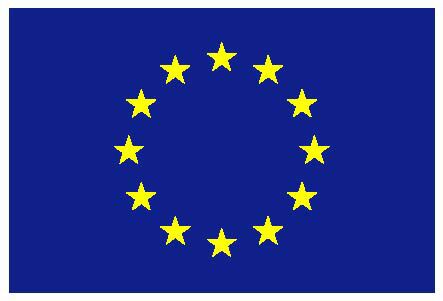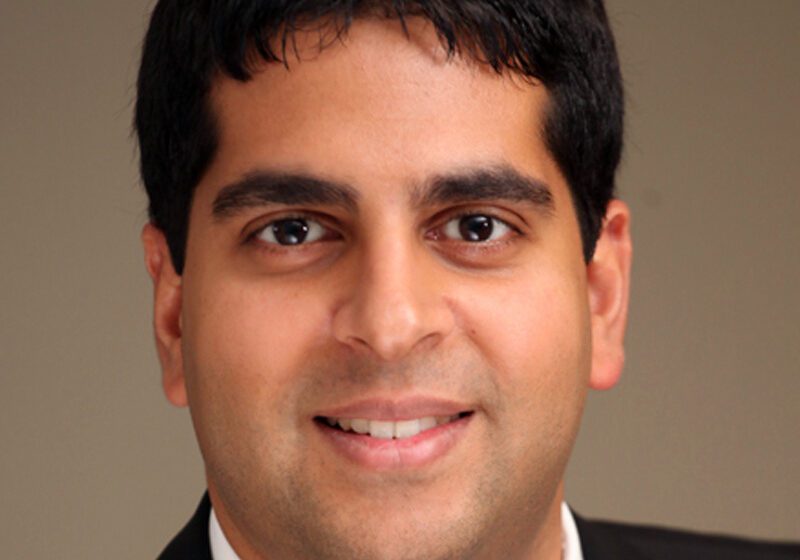Nerudia and Broughton Laboratories are partnering to support customers in complying with the requirements of the European Tobacco Products Directive (TPD), which comes into effect on May 20.
The partnership brings together the strengths and expertise of the two companies and will bring cost benefits to customers through economies of scale and knowledge, along with the convenience of having a single point of contact between the two businesses.
“The analytical capabilities and expertise of Broughton Laboratories are a perfect fit with Nerudia’s regulatory knowledge and our own services,” says Peter Beckett, Nerudia’s head of compliance.
“Our partnership will bring cost-effective and accessible services to the entire market, from the smaller firms up to larger organisations, as we believe that the cost of TPD should not be prohibitive to anyone.”
“The partnership of Nerudia and Broughton Laboratories means that clients will receive a premium level of service for both regulatory support and emissions testing studies for EU TPD compliance,” says Chris Allen, managing director of Broughton Laboratories.
“Combining our experience and expertise of working within global regulated industries enables us to offer clients a pragmatic and scientifically-sound approach to complying with the EU TPD regulations.
“Alongside Nerudia Compliance we will continue to work closely with the MHRA and other EU Member States to develop, establish and promote international quality standards for the electronic cigarette industry. We believe this will help our clients achieve success.”
To mark the partnership, the companies will offer of 10 percent discount on all analytical and regulatory services booked during March.
For further information please contact compliance@nerudia.com










